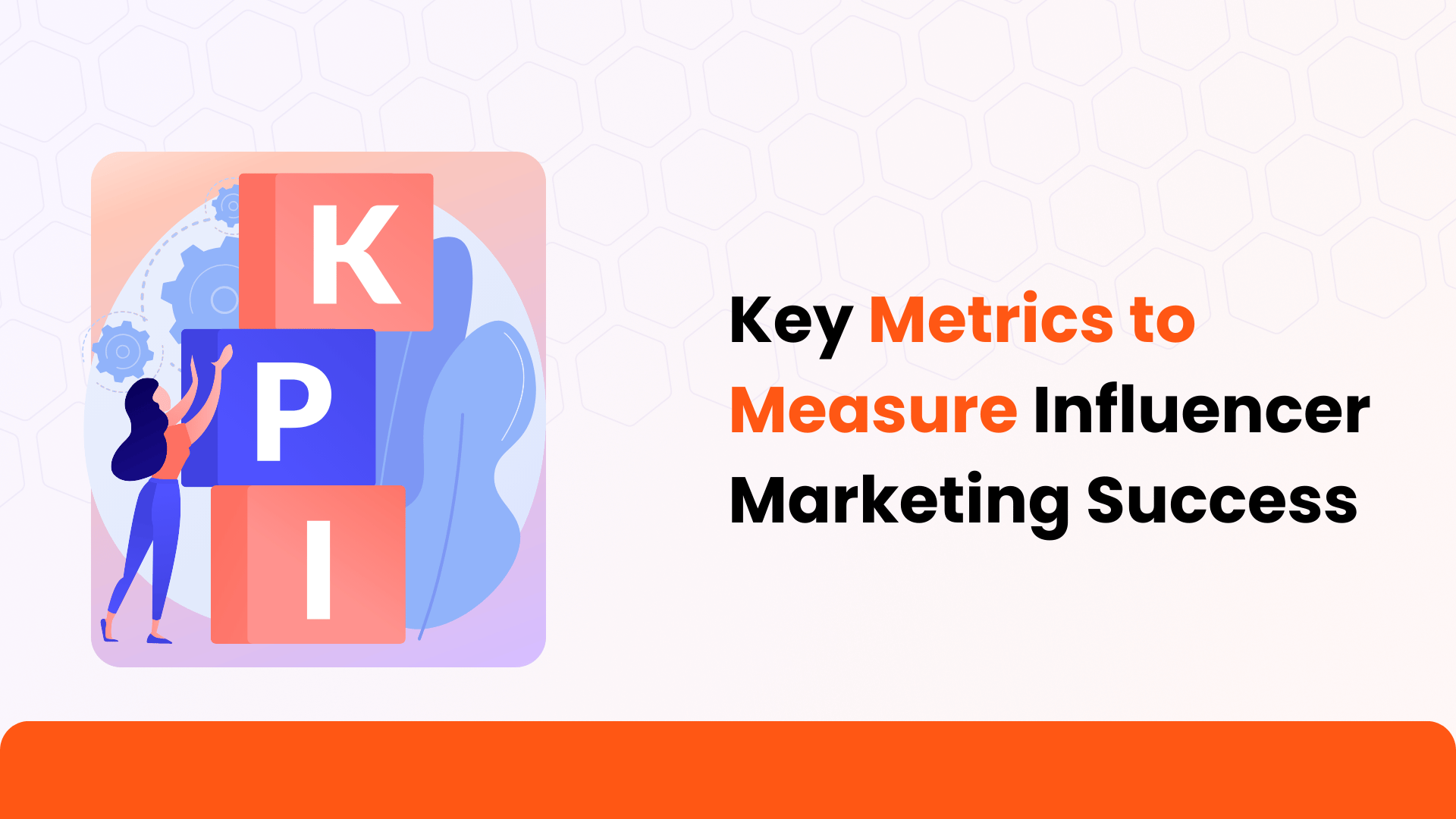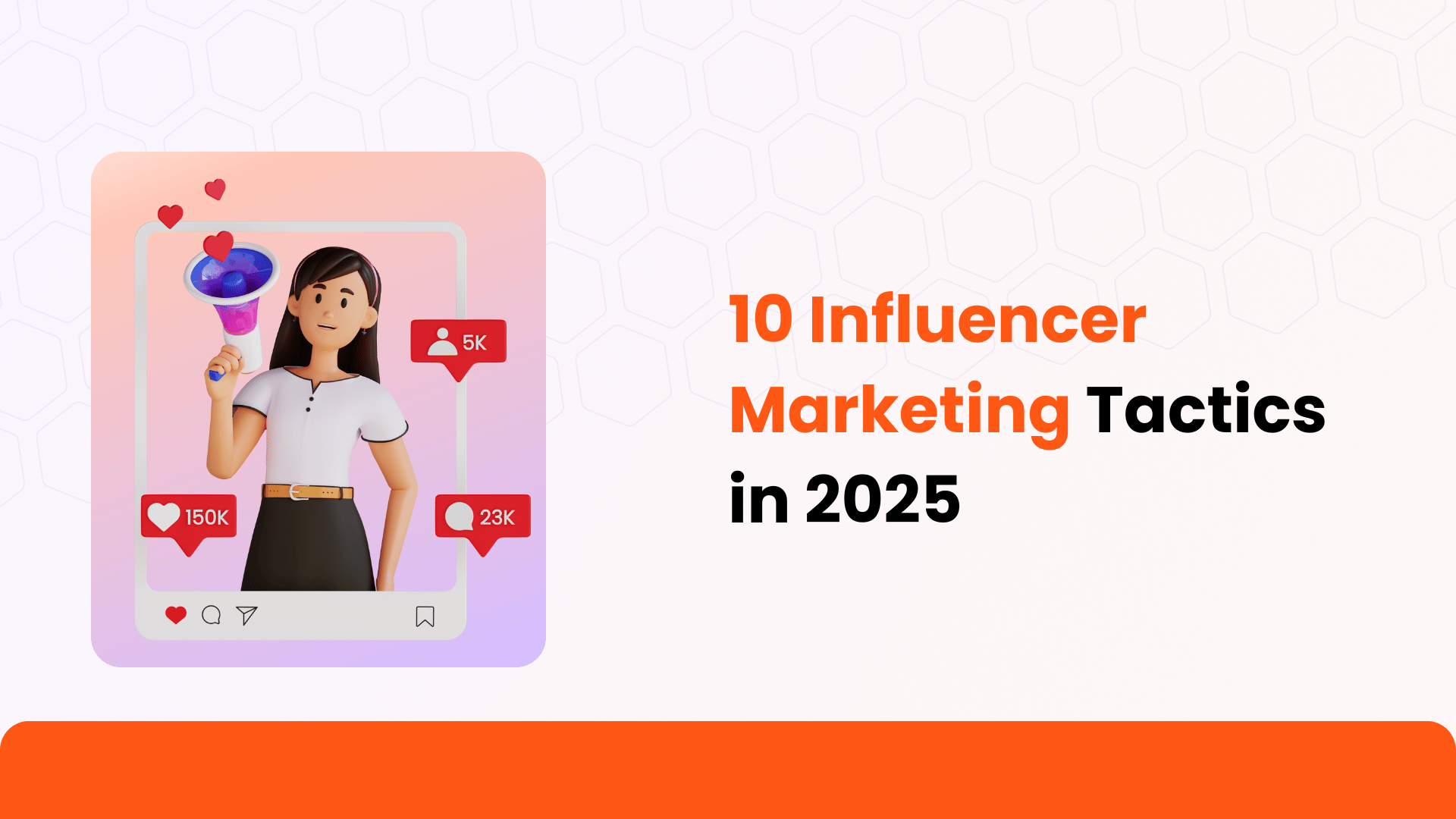According to recent data, influencer marketing is projected to grow from $18.8 billion in 2024 to $24.6 billion in 2025, making it one of the fastest-growing marketing channels. Let’s dive into the metrics that matter.
Key Facts You Should Know
- 77% of consumers are more likely to buy a product recommended by a friend (Nielsen’s Trust in Advertising survey)
- 66% of marketers plan to increase their influencer marketing budgets
- 62% of consumers trust influencers who are transparent about sponsored content
Essential Metrics for Campaign Success
1. Engagement Metrics
- Likes, comments, and shares
- Engagement rate relative to follower count
- Comment sentiment analysis
- Story completion rates
2. Reach and Awareness Metrics
- Total impressions
- Audience growth rate
- Brand mention tracking
- Hashtag reach and usage
3. Conversion and ROI Metrics
- Click-through rates
- Lead generation numbers
- Direct sales attribution
- Promo code usage
How to Choose the Right Metrics
Important: There’s no one-size-fits-all approach. As highlighted in recent research, measuring ROI should align with:
- Campaign-specific goals
- Influencer’s audience context
- Brand objectives
- Target market behavior
Latest Industry Trends
Recent developments show:
- Increased focus on authentic partnerships
- Rise of employee advocacy in influencer marketing
- Growing importance of AI-driven analytics for performance tracking
- Emphasis on real-time feedback and strategy refinement
Best Practices for Measurement
Do’s:
- Use multiple measurement methods
- Track both quantitative and qualitative components
- Align metrics with brand goals
- Monitor long-term impact
Don’ts:
- Rely solely on follower counts
- Ignore engagement quality
- Neglect authenticity metrics
- Overlook audience demographics
The ROI Framework
Investment Structure
| Compensation Type | Components | Measurement Method |
| Flat Fees | • Content Creation • Publishing Fees | Total Campaign Cost ÷ Deliverables |
| In-kind | • Product Value • Service Value | Market Value + Shipping/Handling |
| Performance | • Commission • Bonuses | % of Sales or Fixed Performance Bonus |
ROI Calculation Matrix
| Metric Type | Formula | Benchmark |
| Cost per Engagement | Total Cost ÷ Total Engagements | Industry Average: $0.50-$1.00 |
| Cost per Acquisition | Total Cost ÷ Number of Conversions | Varies by Industry |
| Brand Lift | (Post-campaign Metrics – Pre-campaign Metrics) ÷ Pre-campaign Metrics × 100 | 10-30% Growth |
| Sales Attribution | Revenue from Influencer Traffic ÷ Total Campaign Cost | 5:1 Return |
Key Performance Indicators
| KPI Category | Metrics | Goal |
| Engagement | • Likes • Comments • Shares | Maximize Interaction |
| Reach | • Impressions • Views • Audience Growth | Expand Visibility |
| Conversion | • Sales • Sign-ups • Downloads | Drive Action |
| Brand Impact | • Sentiment • Mentions • Share of Voice | Build Awareness |
Expert Tips
- Baseline Establishment Start tracking metrics before campaign launch to measure true impact.
- Authentication Tools Utilize social media monitoring and AI-driven analytics tools for accurate measurement.
- Continuous Optimization Regular analysis and strategy refinement based on real-time data.
Conclusion
Success in influencer marketing requires strategic measurement and continuous optimization. As the industry grows, brands must focus on meaningful metrics that align with their specific goals and audience expectations.




Leave a Comment